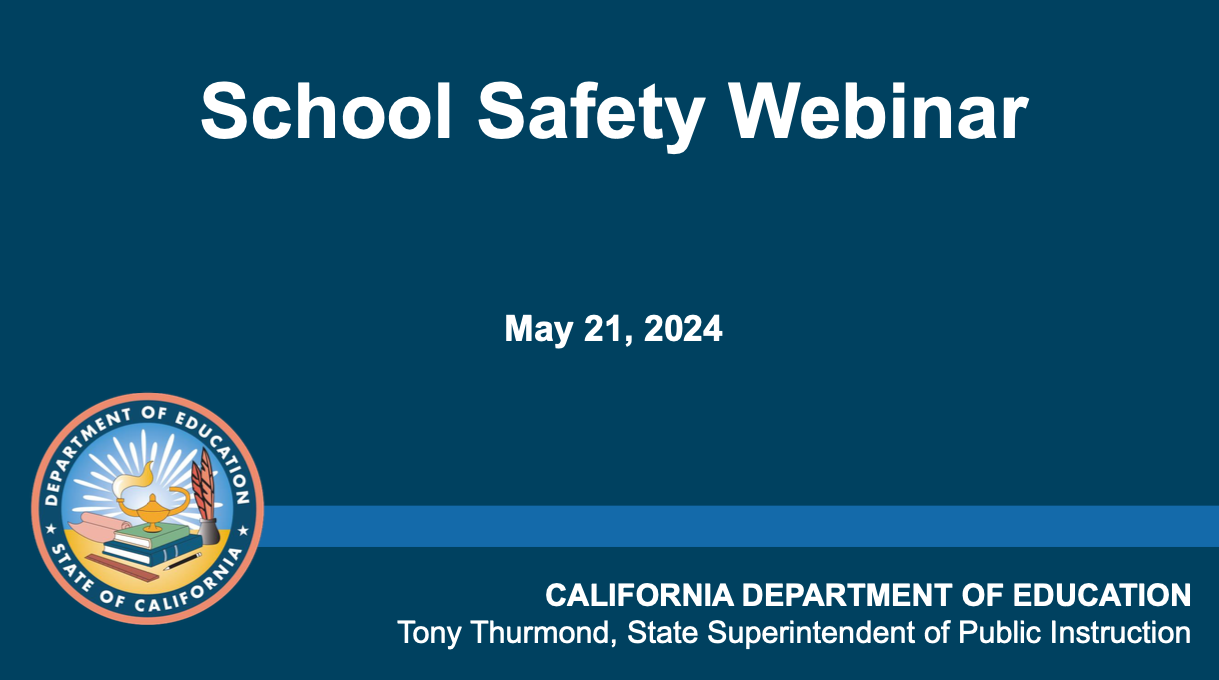A safe climate is not so easily defined
No educator or administrator is truly successful if they are not doing their best to exemplify and build a community where every member can feel valued and protected. After all, students who worry for their physical safety have a shaky foundation upon which to build their success. But “school climate” is defined by more than just physical safety.
Social-emotional goals and values like clear communication, anger management, bullying/conflict resolution, kindness, and healthy lifestyles are also crucial to a positive atmosphere. The span of these definitions makes school policy formation an ever-improving process.
The California Department of Education promotes a growing body of research that shows how positively school climate correlates with academic achievement. When school members feel safe, valued, cared for, respected, adequately challenged, and able to engage with their community, their academic performance improves. Schools that provide students with support to meet these basic needs allow them to grow socially and emotionally and avoid problems ranging from emotional distress to drug use or violence. In fact, in cases where their school’s climate is very positive, middle and high school students are more likely to beat negative odds associated with disadvantaged demographics.
Ask students how they feel
Each student is different and may need individualized mental and behavioral or social and emotional support to feel safe from external factors, pressures, or traumas.
The National School Climate Center, a New York City-based research and advocacy organization, recommends that school leaders survey students about their feelings on school safety: “The single most common school climate survey finding is that students typically report feeling much less safe in schools that parents and school personnel believed,” says Jonathan Cohen, president and co-founder of the National School Climate Center.
While parents may immediately associate school as being a safe place, it takes effort to keep it that way; the CDC’s 2015 Youth Risk Behavior Surveillance found that 8% of high school students reported being in a physical fight at school in the past year, 6% were threatened or injured with a weapon, and 20% were bullied on school property. 6% of high school students reporting skipping school one or more days in the past month because they felt unsafe. Meanwhile, the National Center for Education Statistics reported that in 2016, 1 in 4 students stated that they have been bullied in school on at least one occasion.
Encourage student input on safety issues as you develop, implement, and change your policy and plan. In one district, in just a few months, students and parents submitted over 100 anonymous opinions, including two reports of potential suicide attempts for which they were able to intervene using safety protocols.
Create school safety and student discipline policies
Cohen recommends that school leaders work with students as “co-leaders.” Including students can bring attention to blind spots that school leaders and others may miss when it comes to safety considerations. It also helps them earn buy-in from the people most immediately affected by their decisions.
Safety features might include locked doors, adequate lighting, and sufficient adult supervision, while emotional needs may be met with a discipline policy. “The end goal is not to punish the student; the goal is to help them,” said Kelly Vaillancourt Strobach, director of government relations for the National Association of School Psychologists. Teaching empathy, self-worth, and leadership by example are preferable to a zero-tolerance policy or suspension.






























All students need to feel that they are in a safe and protective environment.